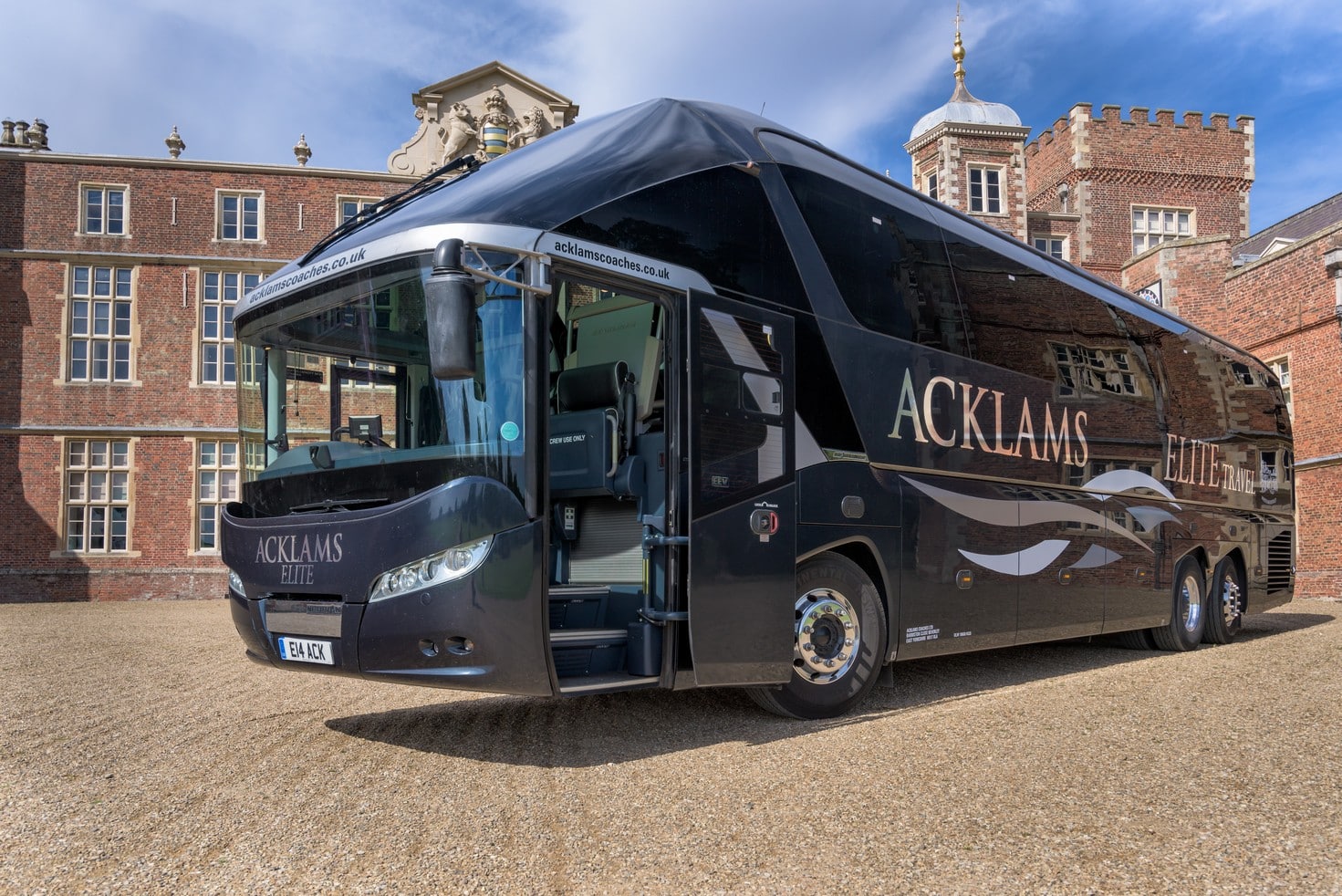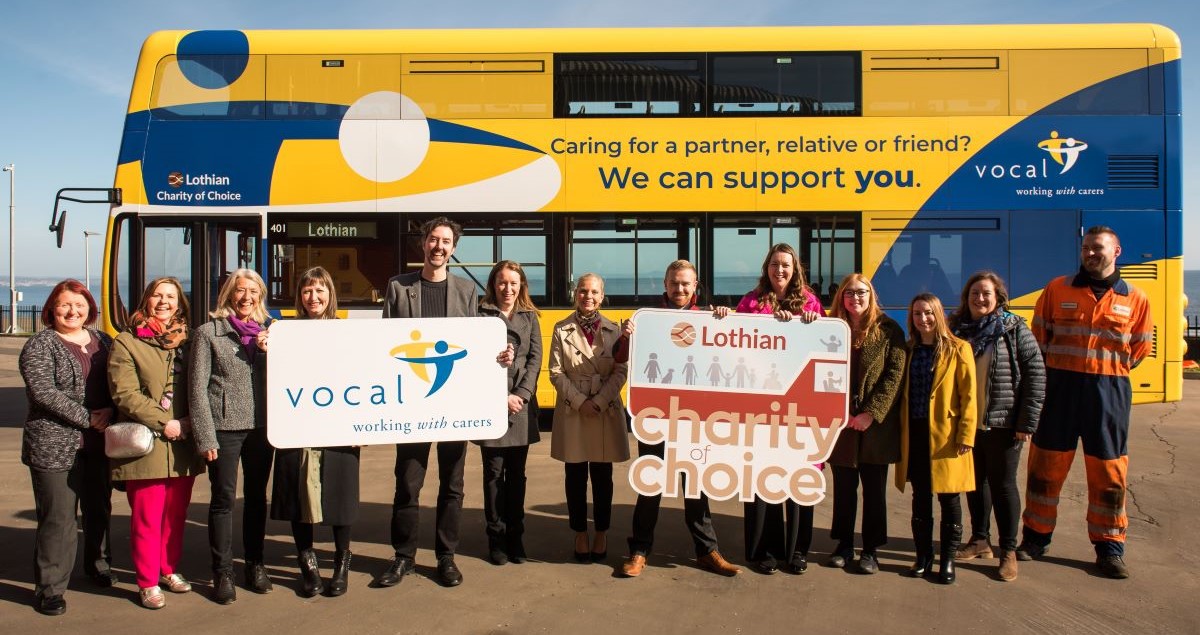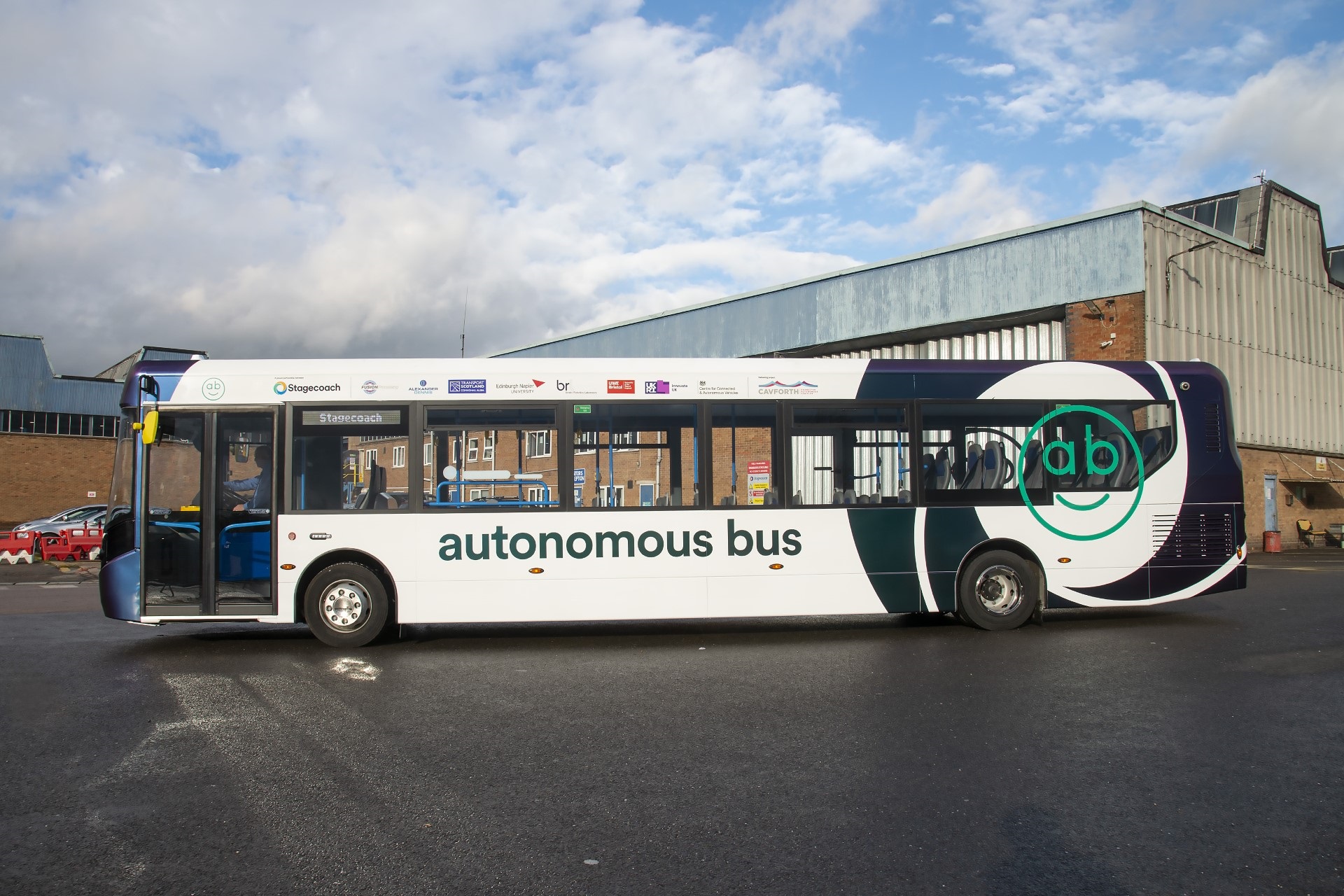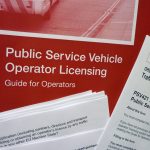Coach industry veteran Steve Whiteway, Product Manager at Acklams Coaches Louise Webster and CPT’s Coaching Manager Phil Smith discussed good practice for the coach friendly city amid the return of coach tourism, and the role of coach in local transport and tourism strategies – including the issue of zero-emission targets – at the CPT Annual Conference on 30 March.
Ms Webster opened the discussion by highlighting the ongoing challenges brought on by the COVID-19 pandemic. She revealed that work to recover coach tourism is very much reliant on good relationships with destinations, and that the pandemic has helped to highlight those sites that have put coach tourism at the forefront of their strategies. But she also highlighted that providing affordable coach holidays and daytrips is becoming much harder, and within cities, issues of reduced coach parking in many areas are proving a barrier to overcome.
Mr Smith expressed a desire for recognition on the parts of local passenger transport authorities to recognise coaches as part of the local public transport mix as “congestion busters and clean air enablers”. He highlighted the challenges of ensuring coaches comply with emission control zones, while Mr Whiteway warned that as the prevalence of battery-electric buses and cars increases, there is a risk that diesel coaches could risk looking “more like the dirty polluter” by comparison. Mr Whiteway further warned that “there isn’t an alternative for any length of time,” and that he “can see there being some anti about coach” until an alternative like hydrogen provides a solution.
Mr Smith believes this issue comes back to recognition, and to local leaders and local authorities that implement emission control zones being conscious of the economic and environmental contribution that coaches make to their areas. “There is probably an education process to go through about Euro VI,” he says. “Where our bus colleagues have been very successful with zero-emission buses, that could actually create tunnel vision… there’s a whole dialogue around highlighting the benefits of the cleanest coaches which arrive into low emission zones where they exist, and making sure the political leaders in those local authorities are fully aware of that difference.”
Agreeing that coach strategies are “essential” for future growth, he caveated that coach activity needs to be considered in local transport plans (LTPs) first, because too many “have scant regard for coaches”. He calls for a “pseudo statutory footing” in LTPs, and once that goal is achieved, coaching strategies can be fed in.
“Where authorities have responsibility for LTPs, not all of them have a tourism focus,” he adds. “There is some siphoning and staging to be done there in as much as we need to focus on cities – all the English regional metropolitan passenger transport authorities have at least one regional centre where they’re trying to attract weekend tourism, corporate events and everything else that that bring coach trade in. Outside of those regional centres, at coastal resorts and towns and cities of historic interest, they probably need to be the next stage focus. But that’s not prescriptive.”



























